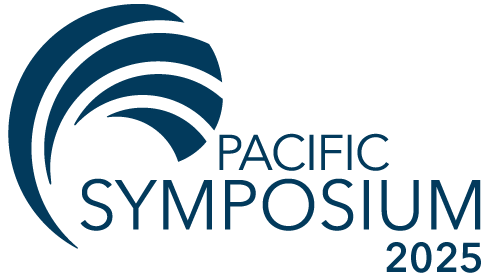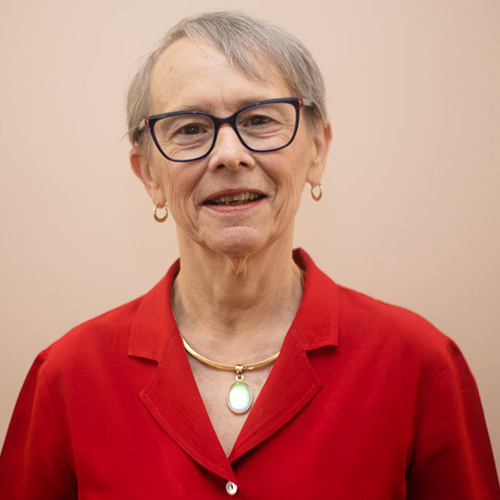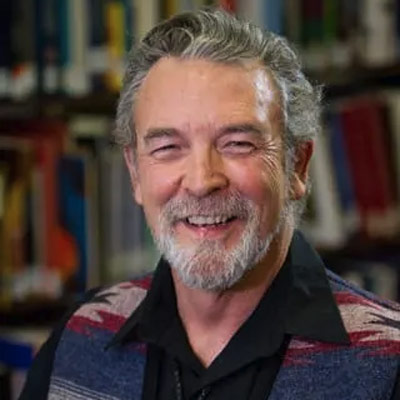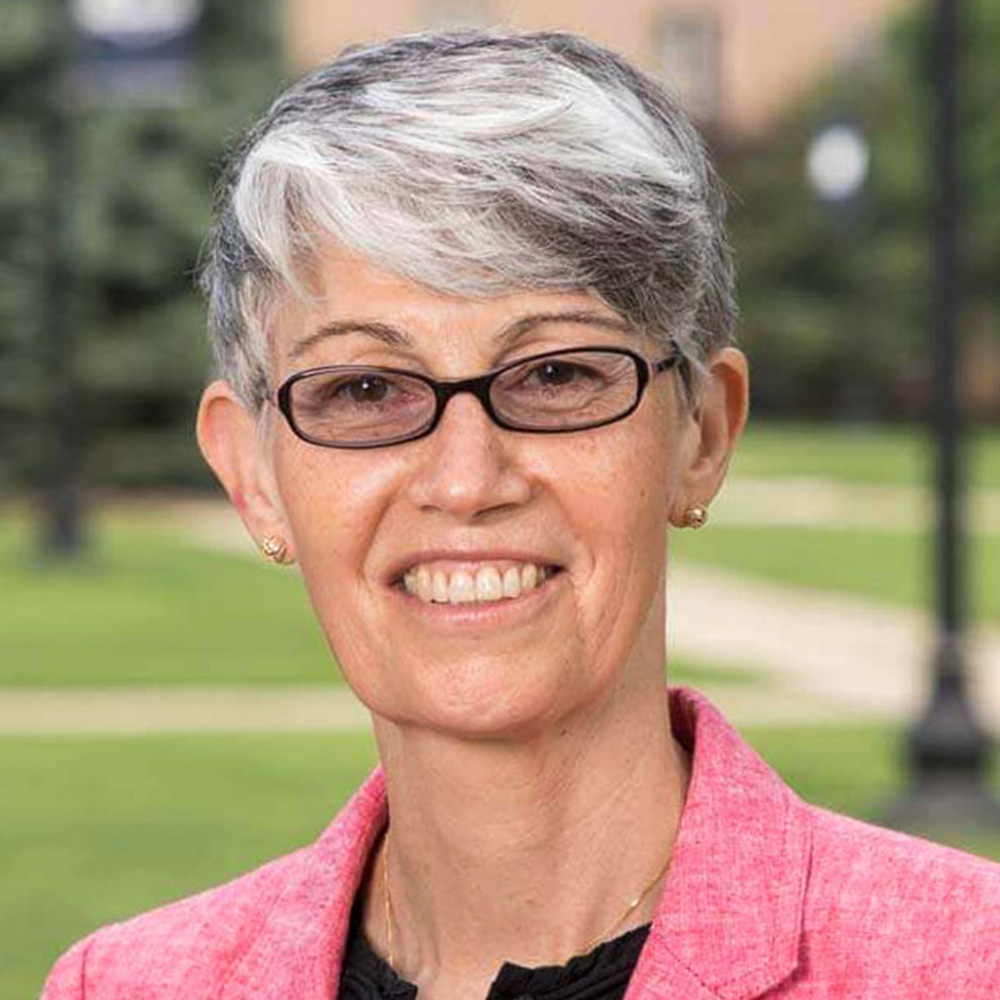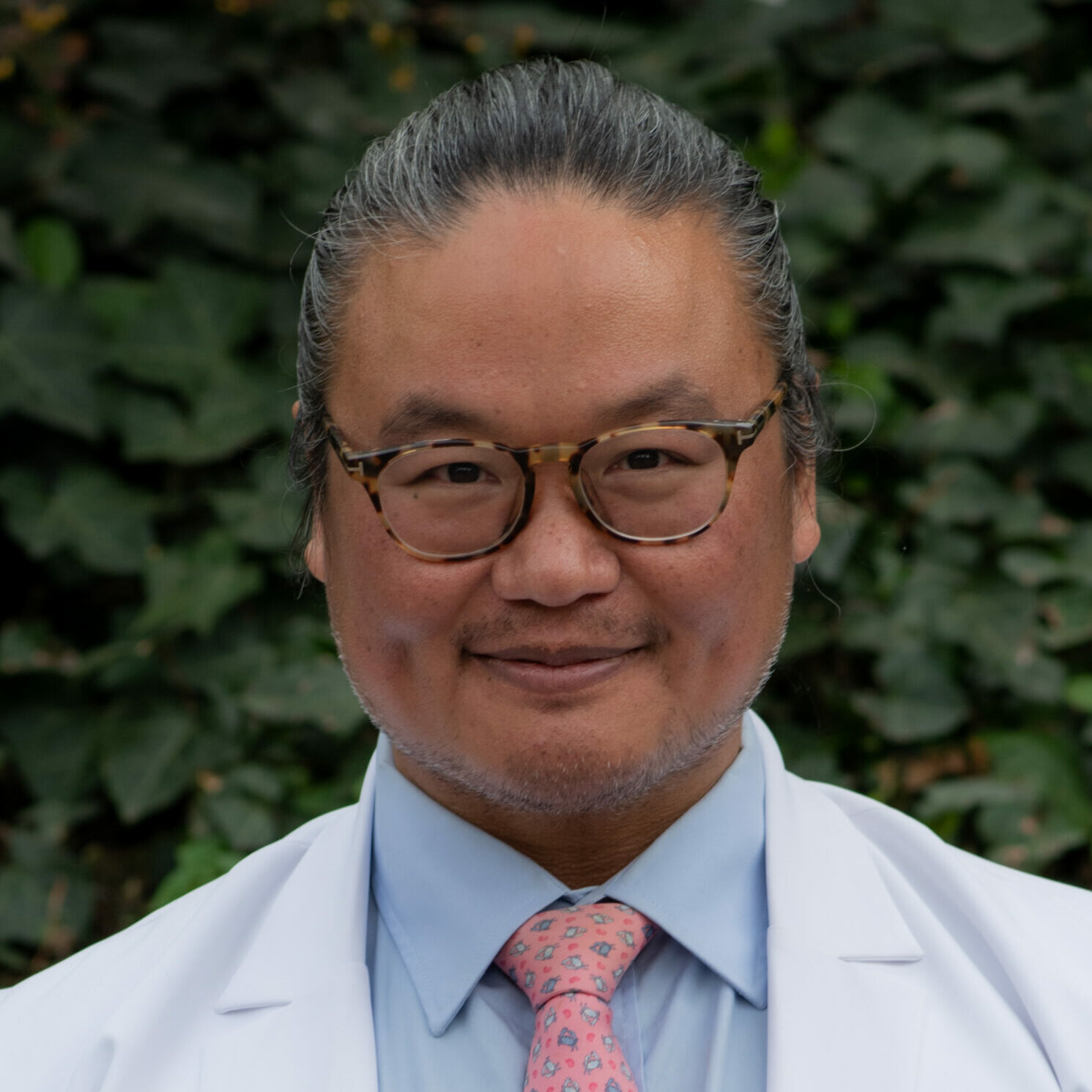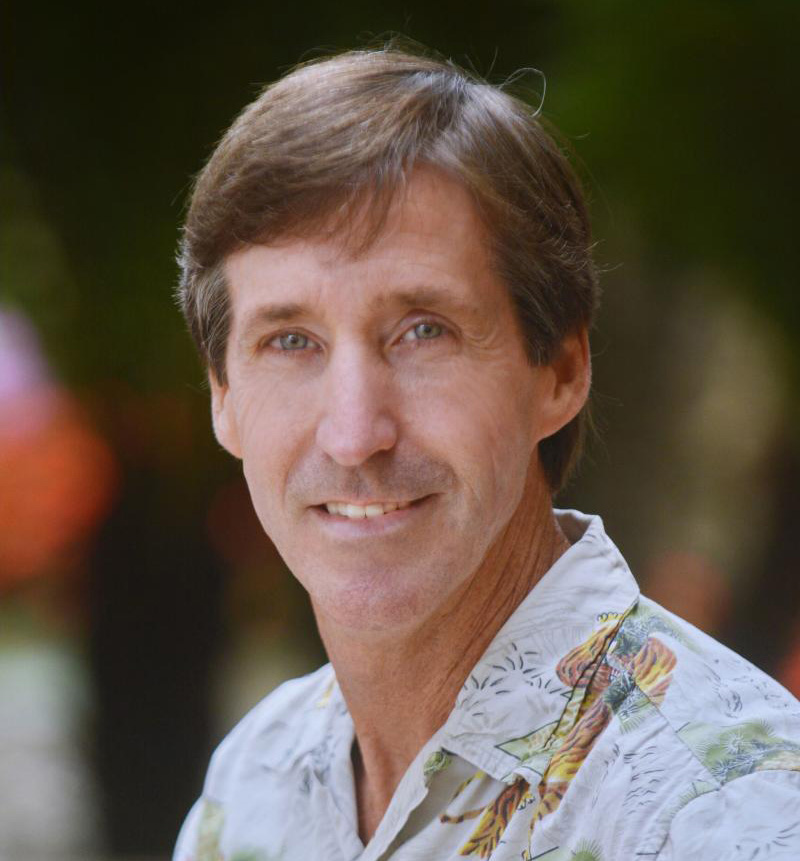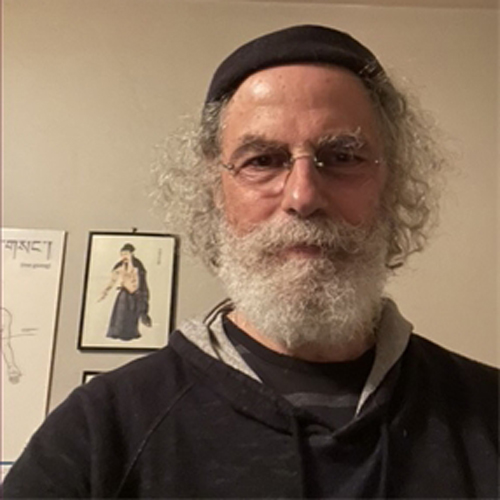Alaine Duncan, author of The Tao of Trauma, examines how traumatic stress can be hidden away in our tissues, making it hard to find for even the most skilled clinicians. Trauma survivors necessarily cultivate elaborate management strategies to hide their dysregulation and help them cope. This class explores places where dysregulated vibrations are commonly stored, how to access them, and how to support a survivor’s body-wisdom’s return to balance and regulation. Chinese medicine diagnostic skills, Western neuroscience, and bodywork approaches can reveal and address brace and collapse responses in organs, meridians, joints, diaphragm, blood, fluids, muscles, fascia, and emotions. Students will identify treatment approaches designed to reach traumatic stress held in many locations. The class will also address patient management skills and cultivate treatment strategies to aid in avoiding overtreatment and causing reactions that result in fear or mistrust or miss the hidden vibration of traumatic stress completely and leave survivors wanting.
